
Brick Oven Cooking For SousVides to Marinades and Searing
Brick Oven Cooking For Marinades, Sous Vides, and Searing can be tricky. Marra Forni Corporate Chef...
Over the years, One of our resident chefs and sales manager has developed delicious, easy, environmentally friendly ways of combining Sous Vide techniques with brick oven cooking. This post is dedicated to his efforts in not only honing his craft, but inspiring others to save time, money, and flavor using the same proven methods that he does. One of our resident chefs and sales manager Michael Kelly is a master of Sous Vide cooking.
If you’re intimidated by the term sous vide, you’re not alone – even some of the world’s top chefs have been reluctant to try it. But with a few tips from Chef Michael under your belt, you’ll discover effective and fun ways to put this technique to good use. First of all, it’s important to know that Sous Vide means “under vacuum” in French. If you’re familiar with the process of storing ingredients in a vacuum-sealed bag—then you’re halfway there!
What happens next is that a protein will be cooked in temperature-controlled water. Chefs vacuum seal their food of choice together with marinade, sauce, or other seasonings and place it in a large container of water. One of the unique features about Sous Vide cooking is that there isn’t any contact with a heated surface. As a result, cooking with this method does not produce flames, steam or smoke. The water never comes to the boiling point – and food will take longer to cook, but it will always give consistent and evenly-cooked results.
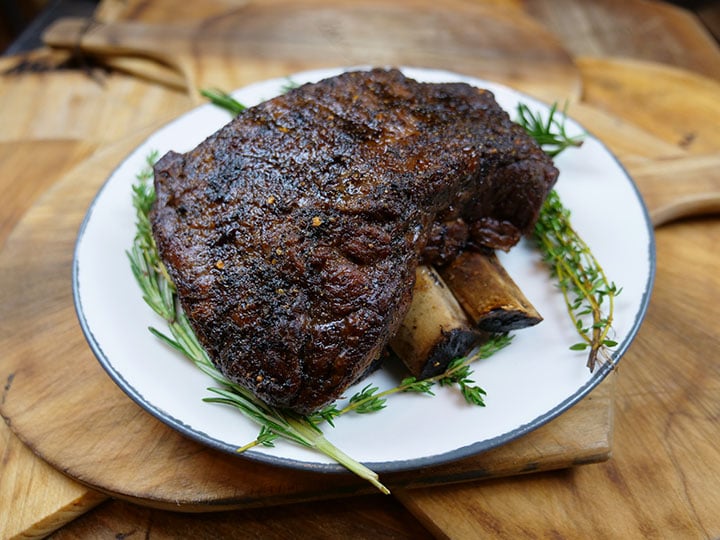
The benefit of cooking Sous Vide style is that you get a fully cooked and pasteurized product at the end. With the high temperature that you can get from a brick oven, you can get a very rapid sear which would take much longer on a range or a grill. The hot heat of the bricks will help to instantly seal in juices and flavor of the meat which has been cooked via Sous Vide. Since the Sous Vide style of cooking does not use high temperatures, it does not produce a seared or grilled finish on the protein.
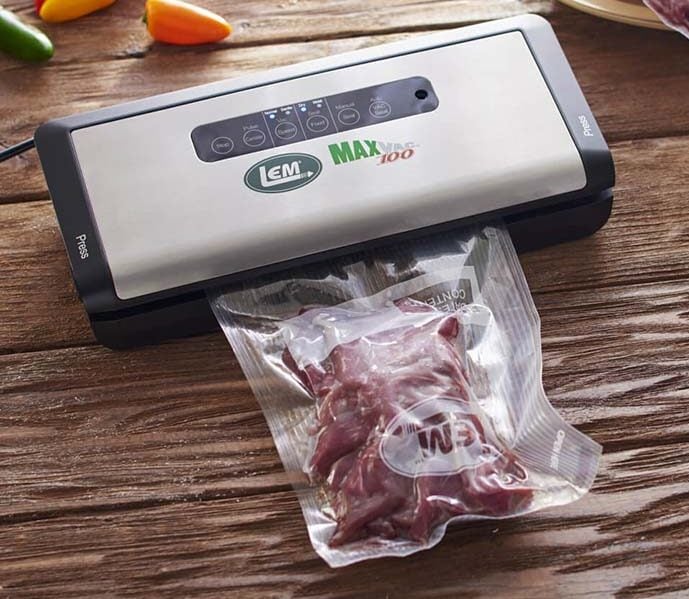
Yes. The higher heat gives you better texture retention from the bricks. In restaurants, the quick finishing process helps cut down on check time. The meat which has been cooked in Sous Vide style will have an almost poached-like appearance, so it is important to be able to seal in the flavor and give them the look of a perfectly cooked protein, which is why the Marraforni brick oven finishing is a great addition to the process.
Very high-temperature ovens require attention. You cannot leave something in one and forget about it. Just 30 seconds can burn something. You need to make sure that you are cooking the food for the appropriate amount of time. You can usually reach the 165F Degree mark in 60 seconds in a brick oven and 140F in only 40 seconds, so watch what you put in carefully so that it doesn’t burn.
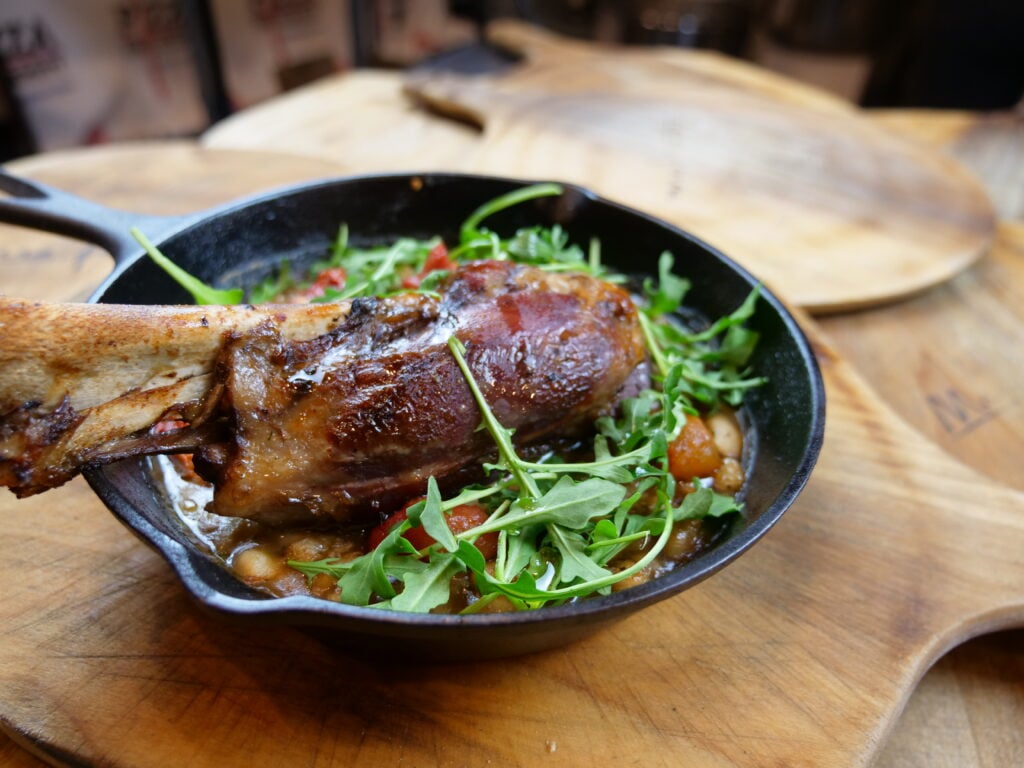
I cook a lot of things using the Sous Vide and finishing them in the stone earth oven. Steaks, chops, and cuts are probably my top three, but I do much more. I really like the fall-apart texture that the moist environment of the Sous Vide provides as well as the finish of the high heat from the Rotator brick oven. The Sous Vide method breaks down the connective tissue and proteins off meat easily so that pork, beef, chicken have a great texture. People are surprised to learn that I make chicken wings this way, and I also recommend this method for restaurants. Do you know that one of the highest-cost items in a kitchen is frying oil? When you fry chicken it is not only unhealthy, but it uses a lot of oil. I put them in the Sous Vide and then finish them in the oven for a fantastic crispy texture without the oil. Rack of lamb is also perfect for this application – the meat comes out moist and tender and the brick oven finish is golden and crisp.
It really would work in any type of concept but restaurants with a brick pizza oven would be having much diversity added to their menu items. As I mentioned above, there are a lot of types of foods that work well with this type of application, but one of the things that are most appealing for restaurants is that they will get a consistent product using Sous Vide. Even if you make steak for 400 people using a Sous Vide, each part of each piece will be cooked the same way. That is impossible with other direct heat contact cooking methods which naturally produce varying results.
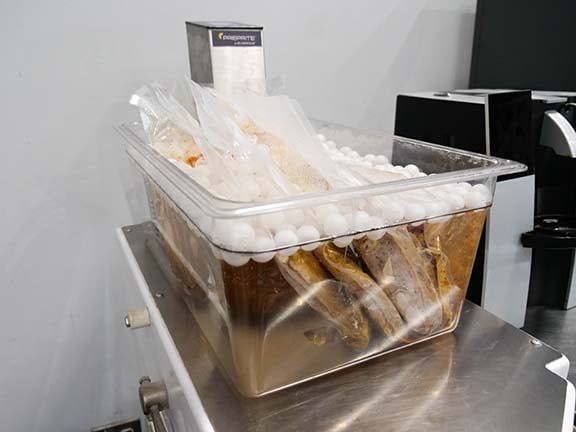
Vacuum sealing the ingredients also really improves shelf life. It allows you to put leftovers in an ice bath or blast chill them and this extends the shelf life by 3-5 times. The next day you can re-use it by bringing it back to the temperature in the Sous Vide and it won’t overcook. I’ve kept lettuce fresh for 21 days this way – so it really cuts down on costs and saves money while preventing waste.
I know that it can be daunting for many people. I’ve taught it for many years. It takes some time and dedication to get used to the process – and it needs to be precise. There are a lot of resources out there, be sure to the research, and don’t worry if you make mistakes. It might take some time to work out in the beginning but it is worth it. But once you start doing it, you won’t want to stop. You just need to learn the foundations – the precise temperature and time for each product. If you cook things longer than you should or at the wrong temperature you won’t have the results you want, so you need time to develop the right combination for your dishes.
Although lower temperature cooking had been around for a long time and was even documented in English in the 18th century, Sous Vide as we know it originated in the early 1970’s in France by Chef Georges Pralus.
While working for the Restaurant Troisgros (of Pierre and Michel Troisgros) in Roanne, France, he found that when foie gras was cooked in this manner, it kept its texture, flavor, and appearance. Scientist Bruno Goussault, chief scientist of Sterling, Virginia-based food manufacturer Cuisine Solutions also became well-known for training top chefs in the method.
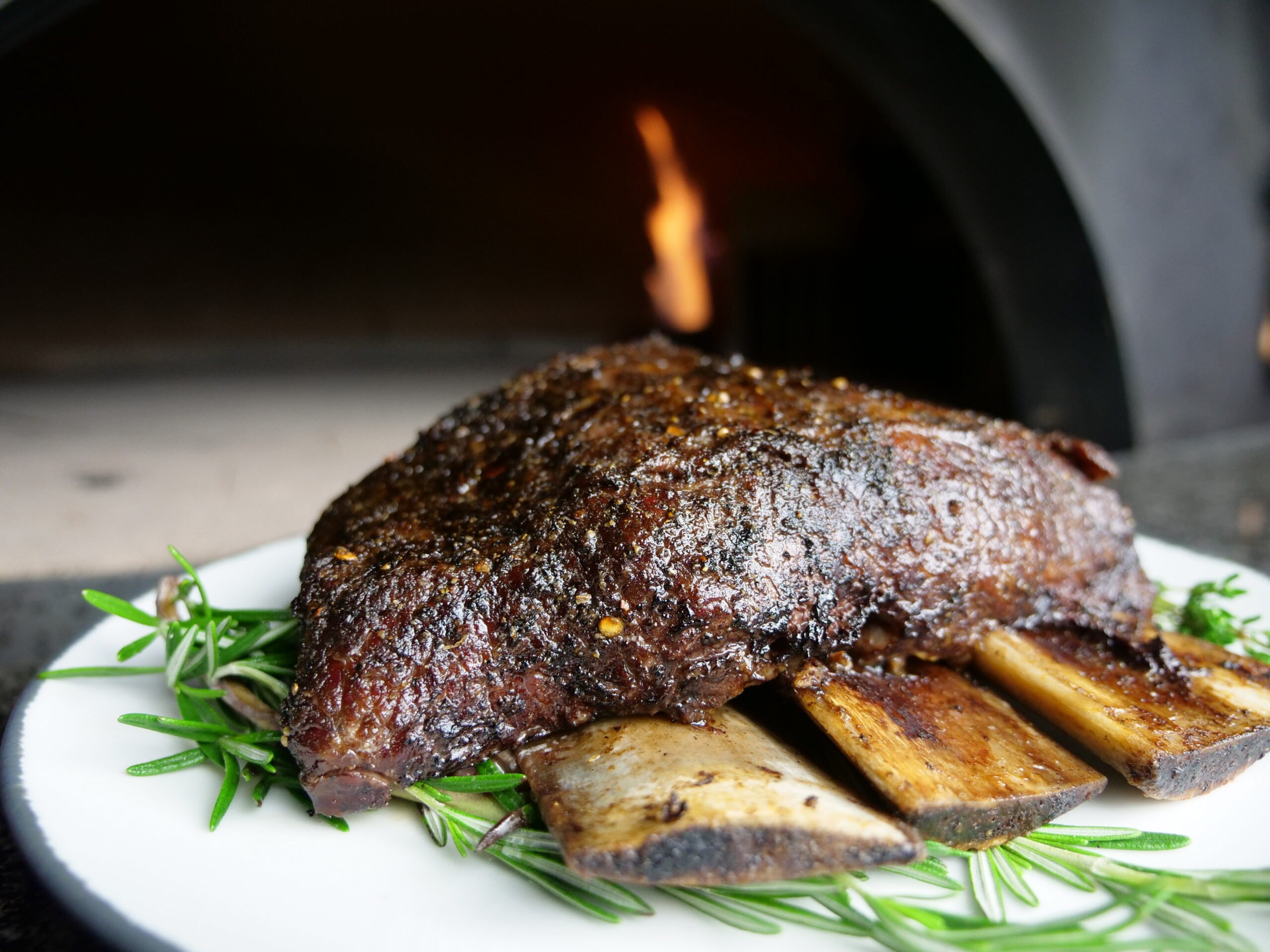
Goussault and Pralus eventually became collaborators. It was Goussault who invented the combination of vacuum sealing with low-temperature cooking. Since then, restaurants and foodies everywhere have continued to embrace the benefits of this style. Everyone is using it overseas, here it is still growing.
There are companies coming out with different kinds of systems every day. The technology with the circulators has increased. In the beginning, you could only use a few gallons of water – but now they have ones that are up to 15 gallons capacity which can handle much larger quantities and still produce a consistent temperature. This is crucial for the larger-service restaurants. As a member of the International Sous Vide Association, I have over a dozen styles of equipment in my home. It is all about finding what works most for your kitchen.
Another benefit to the vacuum sealing part of the Sous Vide process is that you can get the same flavor by adding the marinade to the vacuum-sealed meat in 20 minutes that we would traditionally achieve in up to 36 hours!
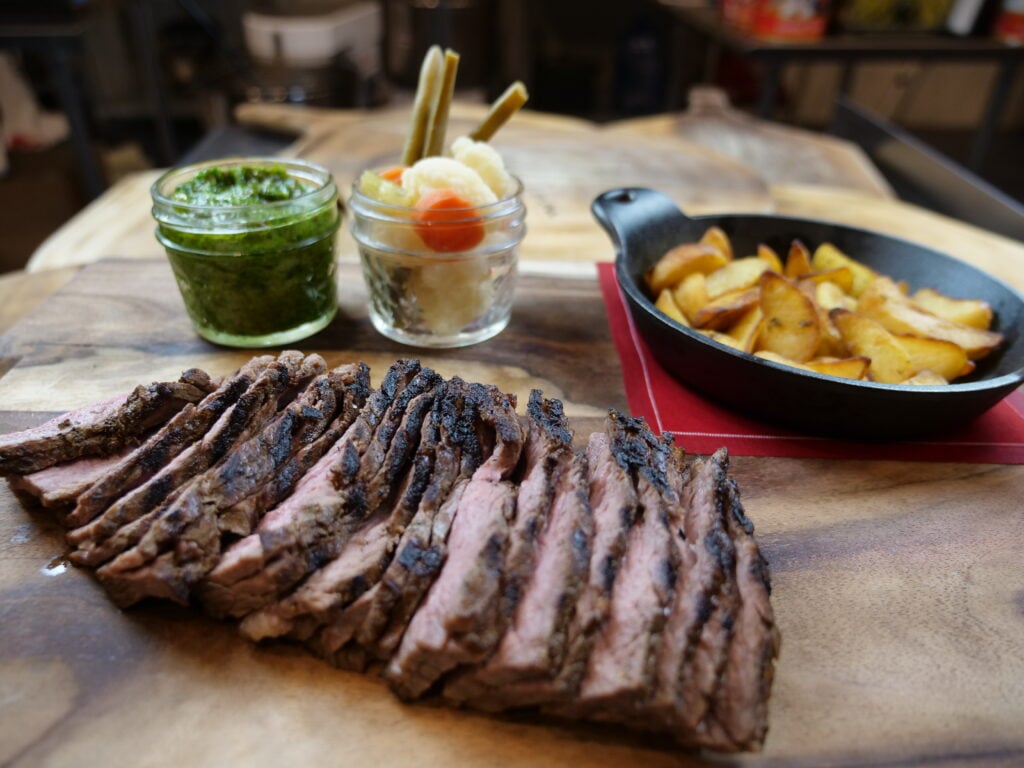
Typically you need three essential pieces of equipment – a Sous Vide circulator – a control board, a thermal probe, and a heating coil that has a fan on it to move around the water. It gives you a consistent temperature around your product. A vacuum sealer to prepare watertight pouches of your favorite food for cooking along with a large container or pot to place the circulator and your protein. Thermal balls create a thermal barrier to stop evaporation and give you even consistency. If you are using 10-12 hour long cooking sessions, they come in handy to keep the water at an even temperature.
We would like to thank Chef Michael for his time and efforts in sharing this amazing technique with others! Check out our blog for more #cookingverstality
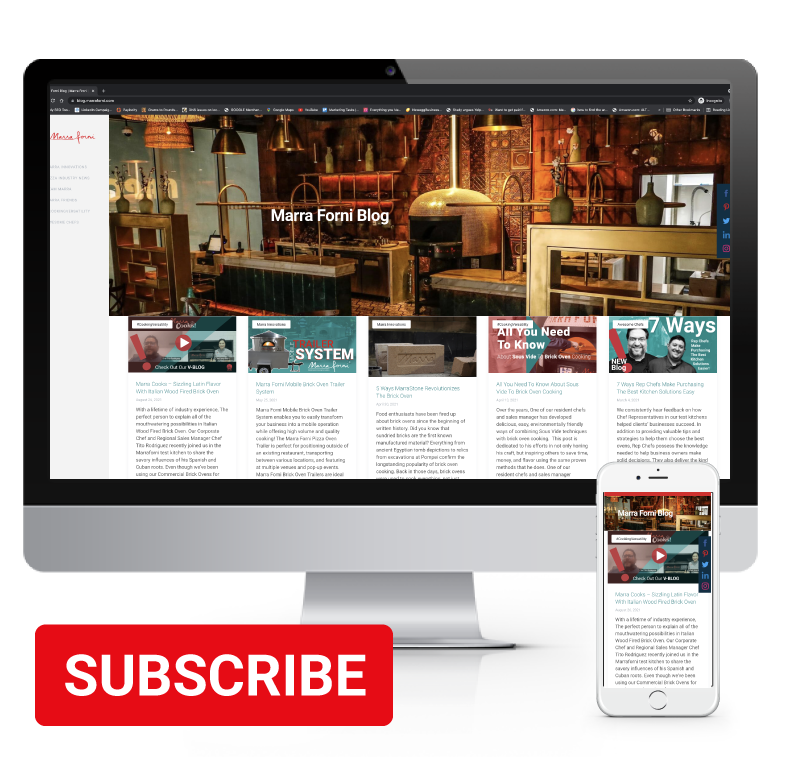



Brick Oven Cooking For Marinades, Sous Vides, and Searing can be tricky. Marra Forni Corporate Chef...
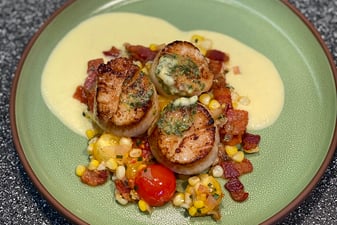
Our clients and rep chefs continue to surprise and delight us with not only their feedback but the...
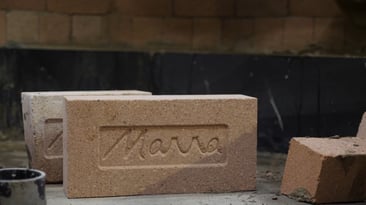
Food enthusiasts have been fired up about brick ovens since the beginning of written history. Did...